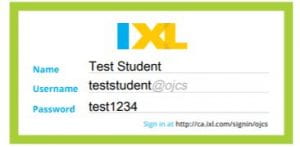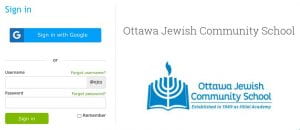The Ottawa Jewish Community School has been participating in the annual 7/8 Gauss Math Contest for decades, and will continue with tradition again this year.
Over the past few years, we have opened this opportunity for any student interested in writing and participating in the contest at any grade. Last year was our first year to have students in grade four willingly participate and this year is no different!
As we continue to be aware and dive deeper in our North Stars, more personalization including “Owning our Own Learning” and “Floor but No Ceiling”, continue to strengthen, not just in theory, but in practice as well, and for some students this is a tangible and hands-on method to see and feel these “stars” in their learning day.
“The CEMC develops and administers many internationally recognized contests to help to inspire the next generation of students to develop an interest in and love for mathematics and computer science.” ~Centre for Education in Mathematics and Computing, Waterloo University
Here is a short video about why contests can be beneficial to some students.
The Gauss contest, is created for students in grades 7 and 8, which different variations of the contest for the grade level are supplied’; however, it is also open to any student at any grade to participate, hence some keen students in grade six, five, and even four again this year.
This year, students who are participating, will write during their scheduled math periods during the week of May 15th – 19th.
We should be very proud of all of our upcoming participants and their efforts and risk taking in this contest, as they continue to display a heightened joy of mathematics learning!
For more information about Math opportunities, past contests, and even free access to courseware and information please visit the Centre of Education in Mathematics and Computing.



